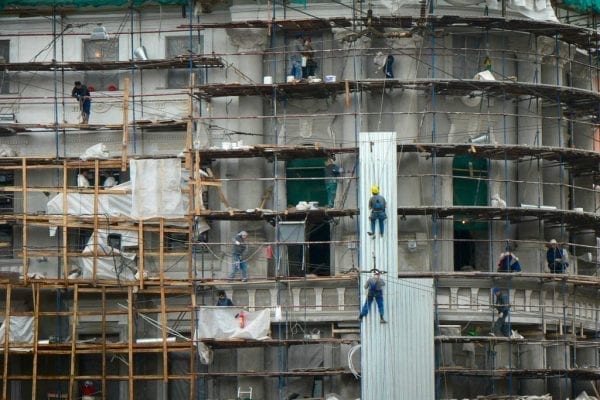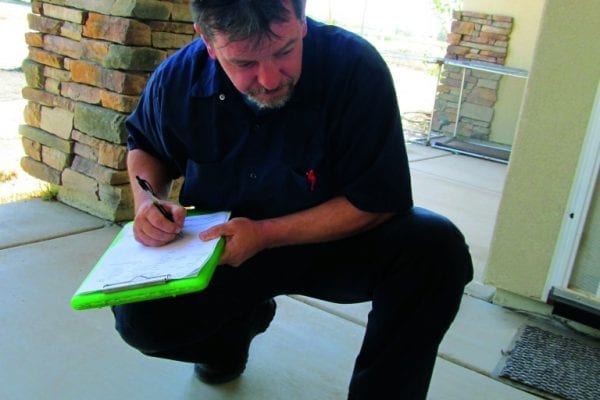When the State of Florida requested a facility condition assessment (FCA) for more than 30 facilities, and they needed all 30 reports in 60 days, GLE didn’t have time to dink around. At GLE, we usually estimate about a two-week turnaround per facility, so a two-month turnaround on 30 buildings demanded that we work about 750% faster than usual.
Fortunately, we had developed and implemented a system for completing multi-facility FCAs that made this possible. Using our proprietary FCA software and uniquely collaborative teamwork, we accepted the challenge. Our work encompassed condition assessments on 30 buildings ranging from around 6,000 square feet to over 585,000 square feet, a total of more than 6,500,000 square feet. The assessments included prominent facilities such as the 25-floor Capitol building, the state House Office building, the state Senate Office building, the 21-floor Turlington Department of Education building, the governor’s mansion, as well as the headquarters of multiple state agencies including FDOT, law enforcement, fish and wildlife, and many more.






